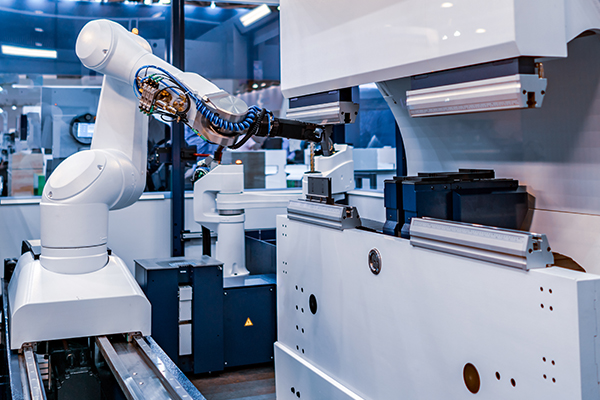A rotary valve is a core industrial component that regulates the flow of fluid or granular materials through rotational motion. The core of its design is to use the axial or radial rotation of the valve core to change the opening and closing state of the channel to achieve precise flow regulation and system isolation. Its structure usually includes a main valve body, a valve seat and a rotatable valve core assembly. The rotation of the valve core is transmitted by an external drive mechanism (such as a valve stem) to form a dynamic control of the medium passage. Different from traditional valves, rotary valves reduce mechanical impact and improve sealing reliability and life through continuous or graduated rotation.
In terms of function, rotary valves have both isolation and metering properties. On the one hand, it maintains airtight isolation in high pressure differential or vacuum systems, such as acting as a gas lock device in pneumatic conveying systems to prevent pressure crosstalk; on the other hand, its chamber structure can quantitatively convey powders, particles or slurries, which is suitable for precise feeding in continuous production processes. Specially designed sealing forms (such as radial clearance control or elastic sealing components) further adapt to high temperature, corrosion or wear conditions.
The application scenarios cover the entire chain of process industry: from reactor feed control in the petrochemical field, sanitary material transportation in food and pharmaceuticals, to compressor exhaust regulation in energy equipment, its modular design also supports rapid adaptation to different media characteristics and pressure level requirements. The technological evolution of rotary valves continues to focus on material tolerance, dynamic sealing optimization and intelligent integration to support the efficient and stable operation of complex industrial systems.


